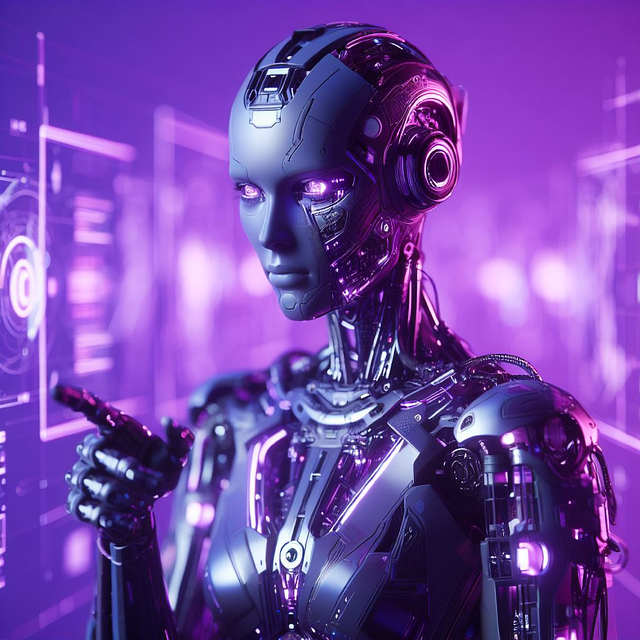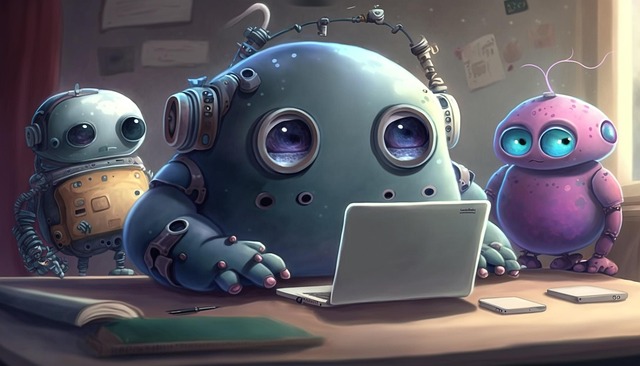Despite ChatGPT's impressive text generation capabilities, biases in its training data lead to skewed perspectives and potential misinformation, limiting its utility in diverse educational contexts. Its fixed-response nature hinders personalized advice, and it lacks the ability to verify information, making critical thinking essential for fact validation. Creativity and originality are challenges, with stereotypes and performance inconsistencies in specialized fields. Users must engage in conversations that promote algorithmic thinking and explore alternative teaching methods to enhance ChatGPT's capabilities.
“Despite its impressive capabilities, ChatGPT, like any AI model, has limitations that users should be aware of. This article explores key constraints of ChatGPT, including bias from its training data, struggles with real-world context understanding, and an inability to verify information accuracy. We also delve into creative constraints, where originality can be a challenge. By examining these limitations, users can better navigate and leverage ChatGPT’s capabilities.”
- Data and Training Set Bias
- Lack of Real-World Context Understanding
- Inability to Verify Information Accuracy
- Creative Constraints and Originality Issues
Data and Training Set Bias

ChatGPT, despite its impressive capabilities, is not immune to limitations. One such challenge lies within the realm of data and training set bias. The model’s responses are directly influenced by the data it was trained on, which may contain inherent biases and inaccuracies. This can lead to ChatGPT generating content that reflects stereotypes or skewed perspectives present in the training data. For instance, if the dataset lacks diverse representations, the model might struggle to provide accurate geometric proofs explanations for various learning styles, potentially limiting its utility across different educational contexts.
Furthermore, the model’s interpretation of complex topics like linear algebra vector operations can be affected by this bias. ChatGPT’s training on a vast corpus of text may include outdated or misleading information, impacting the quality of its output. Even the seemingly abstract concept of finding us at art history movements overview could be influenced, as the model might inadvertently perpetuate biases present in the broader cultural and historical narratives reflected within its training set.
Lack of Real-World Context Understanding

One significant limitation of ChatGPT is its struggle to comprehend real-world contexts and nuances. While it excels at generating text based on the input provided, it often lacks the ability to connect information across different domains or understand subtle cultural references. For instance, when advising students on time management strategies for exams, ChatGPT might offer generic tips without accounting for individual test-taking anxiety relief needs or the specific pressures of various academic settings. This disconnect from real-life scenarios can lead to advice that’s less than optimal.
Unlike public speaking workshops where facilitators can quickly adapt their approaches based on participant responses and body language, ChatGPT’s fixed-response nature hinders its ability to cater to dynamic situations. The limitations in context understanding also extend to more practical applications. For example, while a student might ask about time management for exams, ChatGPT may not be able to factor in the unique challenges of taking tests remotely versus in a traditional classroom setting. This highlights the need for users to critically evaluate and validate ChatGPT’s outputs, especially when applying them to complex, real-world problems like managing exam stress or optimizing study routines.
Inability to Verify Information Accuracy

One of the primary limitations of ChatGPT is its inability to verify the accuracy of the information it provides. As an AI language model, ChatGPT relies on patterns and data it has been trained on, which may not always be up-to-date or factually correct. While it can generate text that sounds convincing and coherent, it doesn’t have the ability to cross-reference its responses against external sources or ensure the veracity of the facts it presents. This is particularly problematic when users seek information on sensitive topics like music theory fundamentals or learning styles, where incorrect data could lead to misunderstandings.
This shortcoming highlights the importance of critical thinking when using ChatGPT for research or essay writing tips. Users must always verify the facts and figures presented by cross-referencing them with reliable sources. Even if ChatGPT provides a compelling narrative on a historical context study aid, it’s crucial to consult other references to ensure its accuracy. Remember that while AI models like ChatGPT can be powerful tools for generating ideas and content, they are not infallible, and fact-checking remains the user’s responsibility.
Creative Constraints and Originality Issues

While ChatGPT offers groundbreaking capabilities, it’s not without creative constraints and originality issues. The model is trained on vast amounts of text data, allowing it to generate human-like responses based on patterns it has learned. However, this training data can lead to potential limitations in creativity and unique thinking. ChatGPT often relies on existing knowledge and structures, potentially making it challenging to produce entirely original ideas or innovative solutions. It may struggle with tasks that demand artistic expression, creative storytelling, or out-of-the-box thinking.
One notable concern is the replication of biases present in its training data. This can result in stereotyped or biased responses, particularly on sensitive topics. Moreover, ChatGPT’s performance can be inconsistent when generating content for disciplines requiring specialized knowledge, like science or engineering. It may struggle to keep up with the latest advancements and terminologies, underscoring the need for continuous refinement and human oversight. To foster growth, users can engage in conversations that encourage algorithmic thinking exercises, explore flipped classroom models, and even use tools like coding tutorials for beginners anytime to enhance its capabilities and mitigate test-taking anxiety relief related pressures.
Despite its impressive capabilities, ChatGPT is not without limitations. It often struggles with context understanding, leading to inconsistent responses, especially in complex or nuanced scenarios. The model’s reliance on training data can introduce biases, and its inability to verify information accuracy raises concerns about the reliability of generated content. Furthermore, Creative Constraints limit originality, as ChatGPT frequently rephrases existing ideas rather than producing truly novel concepts. As with any AI technology, recognizing these limitations is crucial for effective and responsible use of ChatGPT.








Leave a Reply